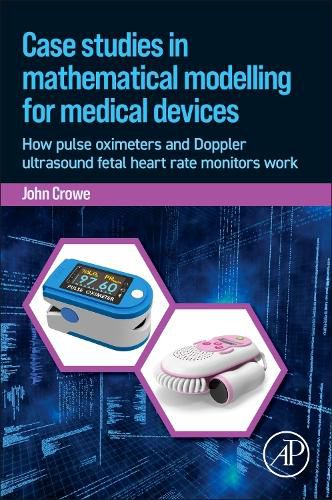Readings Newsletter
Become a Readings Member to make your shopping experience even easier.
Sign in or sign up for free!
You’re not far away from qualifying for FREE standard shipping within Australia
You’ve qualified for FREE standard shipping within Australia
The cart is loading…






Case Studies in Mathematical Modelling for Medical Devices: How Pulse Oximeters and Doppler Ultrasound Fetal Heart Rate Monitors Work focuses on two medical devices: pulse oximeters and Doppler ultrasound fetal heart rate monitors. The mathematical topics needed to explain their operation from first principles are introduced. These broadly cover the statistics of random processes and Fourier based signal processing. They are used to explain the devices' operation from first principles to how clinically relevant information is extracted from the devices' raw outputs. .
The book is for MSc and PhD students working in the area who want a quick, clear introduction to the topics, upper-division undergrads as part of biomedical engineering or applied math degree courses, biomedical engineers looking for a quick "refresher course" and clinicians interested in the operation of the instruments they use.
$9.00 standard shipping within Australia
FREE standard shipping within Australia for orders over $100.00
Express & International shipping calculated at checkout
Case Studies in Mathematical Modelling for Medical Devices: How Pulse Oximeters and Doppler Ultrasound Fetal Heart Rate Monitors Work focuses on two medical devices: pulse oximeters and Doppler ultrasound fetal heart rate monitors. The mathematical topics needed to explain their operation from first principles are introduced. These broadly cover the statistics of random processes and Fourier based signal processing. They are used to explain the devices' operation from first principles to how clinically relevant information is extracted from the devices' raw outputs. .
The book is for MSc and PhD students working in the area who want a quick, clear introduction to the topics, upper-division undergrads as part of biomedical engineering or applied math degree courses, biomedical engineers looking for a quick "refresher course" and clinicians interested in the operation of the instruments they use.